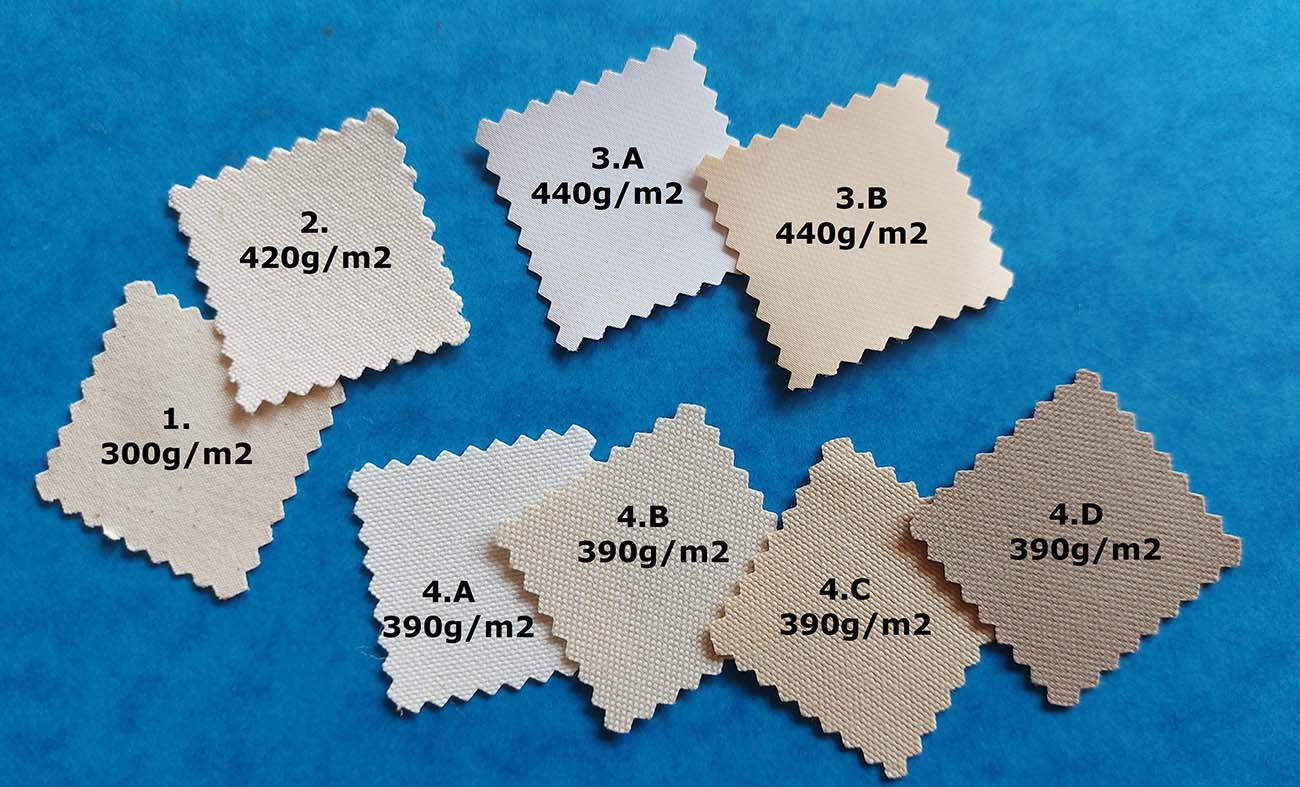
Difference and description of fabrics
STANDARD FABRIC – for seasonal use
Fabric 1.
- 300g / m2 - the fabric is used for summer short-term camping, tents made of this fabric are light and allow easier transport.
- 100% cotton in a gray design (natural white color), provided with a hydrophobic treatment (against water) and a fungicidal treatment (against mold).
- Due to their characteristics, tents made of pure cotton are more prone to the formation of mold, because they absorb far more moisture than mixed or polyester fabrics, which is why these fabrics are suitable for summer use on sunny days at the camp.
- For these fabrics, impregnation treatment is required about once every 1-2 years.
- expected life span 4-5 years depending on use.
- Color: natural white (gray).
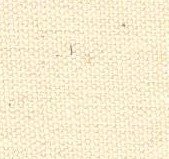
Fabric 2.
- 420g / m2 - fabric suitable for long-term summer use.
- 50% cotton and 50% polyester in gray (natural white color), provided with a hydrophobic treatment (against water) and a fungicidal treatment (against mold).
- Poly-cotton is a hybrid between synthetic polyester and cotton. In essence, it is a blend of cotton and polyester fibers, and this combination makes the fabric more resistant to mold than pure cotton fabric. Polyester also helps reduce the risk of large cracks.
- For these fabrics, impregnation treatment is required about once every 2 years.
- Expected life span 5-6 years depending on use.
- Color: natural white (gray).

Fabrics for year-round use
Fabric 3.
- 440g / m2 - fabric ideal for permanent, year-round use.
- 100% polyester fabric (PES) from a 50% textile weave, which has a 50% PVC coating with a water-repellent finish (W / R) applied on the outside (back). This fabric definitely does not have a natural look, but is characterized by high resistance to weather conditions, as well as the sunlight. It is a very durable and quick-drying, strong fabric, the best properties of which include resistance to moisture. Due to it‘s composition, this fabric does not absorb any moisture, does not mold and, most importantly, does not need to be impregnated. The fabric is maintenance-free and in recent years the most in demand for its properties - we have been using it successfully for several years.
- No impregnation is required for these fabrics.
- Expected life span 6-8 years with year-round use.
- Color: A) white, B) cream
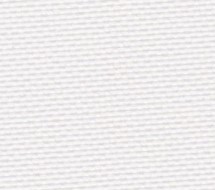
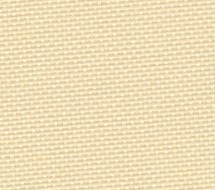
Fabric 4.
- 390g / m2 - great fabric for permanent, year-round use.
- PES (Polyethersulfone) one of the leading solution and UV stabilized PES fabrics on the market. The surface of the fabric has the structure of a textile fabric and is treated on the inside with an acrylic coating with integrated special PVA fibers improving the breathability of the material. This fabric is very pleasant to the touch and has a mold-repellent finish, has a high water resistance, repels dirt and oil, and is permanently resistant to seawater and climate. We recommend this material to customers with the highest demands. It is an ideal material for permanent year-round use.
- Very high tear / tear resistance.
- For these fabrics, impregnation treatment is required about once every 3 years.
- Expected life span 6-8 years with year-round use.
- Color: A) white, B) light beige, C) beige, D) dark beige.

Weight of the fabrics
Fabric weight means how many grams does it weight per square meter (g/1 m2)
- The fabric weight is determined by their production, the number of threads and the density of the threads. This also has an impact on the abrasion resistance of the fabric during its use and also on the so-called "water column" which its value provides information about the water-tightness of the fabric, which is gradually damaged by friction. Moisture, snow and high temperature deviations have the greatest influence on the damage of the fabric structure, thus it accelerates the reduction of their durability.
- Mostly,the thicker the material, the stronger and more durable the tent. Decisive, however, are the composition of the
- fabric and the density of the warp and weft yarns used in production. Every manufacturer has different standards.
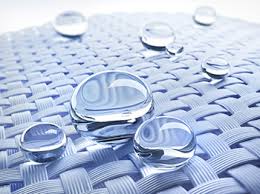
Difference and description of fabrics
Standard fabric for seasonal use
Fabric for ALL YEAR ROUND use
300 gr./1m2
No. 1
The fabric is suitable for camping in the summer, it‘s light and allows easier transport.
Composition:
100% cotton hydrophobic treatmentfungicide treatment
Tech. parameter:
Water column 30 cm/1 m2
Warp 785 N
Shot 600 N
Permetability 3,2 kPa
Color:
natural white (gray)
Maintenance:
Treat with impregnation as needed.
Expected life span of 4-5 years.
420 gr./1m2
No. 2
The fabric is suitable for long-term use in the summer.
Composition:
50% Cotton
50% Polyester
hydrophobic treatment
fungicide treatment
Tech. Parameter:
Water column 35 cm/1 m2
Warp 1200 N
Shot 600 N
Permetability 3,5 kPa
Color:
natural white (gray)
Maintenance:
Treat with impregnation as needed.
Expected life span of 5-6 years.
440 gr./1m2
No. 3
TThe fabric is suitable for all year-round use.
Composition:
100% Polyester
50% woven layer
50% fabric coating
W/R
Tech. Parameter:
Water column 100 cm/1 m2
Warp 1440 N
Shot 1240 N
Impermeable 0 kPa
Color:
A) white, B) cream
Maintenance:
Maintenance-free material for the entire life span.
Expected life span 6-8 years.
390 gr./1m2
No. 4
The fabric is suitable for all year-round use.
Composition:
100% polyester with acrylic coating on the inside hydrophobic treatment bacterial treatment, does not stain W / R treatment
Tech. parameter:
Water column 80 cm/1 m2
Warp 2300 N
Shot 1400 N
Impermeable 0 kPa
Color:
A) white, B) light beige, C) beige, D) dark beige
Maintenance:
Treat with impregnation as needed.
Expected life span 6-8 years.